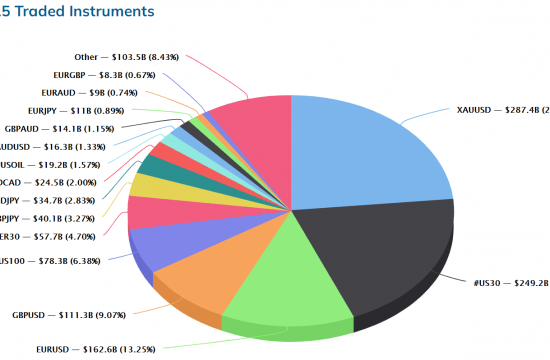 Economic downside risks have risen: vulnerabilities in Germany’s financial system
Economic downside risks have risen: vulnerabilities in Germany’s financial system
Vulnerabilities have built up in the German financial system during a period of strong economic expansion and low interest rates. An unexpectedly sharp economic downturn could expose these vulnerabilities, and contagion effects in the financial system could amplify the downturn. The probability of such a scenario coming to pass has increased.
“It is therefore time to build up stronger defences and resilience for a rainy day”, said Claudia Buch, Vice-President of the Deutsche Bundesbank, at the presentation of the 2018 Financial Stability Review.
Downside risks to the economy have become more prominent recently. International trade disputes could escalate, and a disorderly Brexit cannot be ruled out. Whether, and to what extent, adverse macroeconomic developments are amplified by the financial system depends decisively on its resilience.
“It is therefore a positive sign that, since the financial crisis, banks have built up a significantly larger capital base – thanks to stronger regulation and the supervisory capital buffers for systemically important banks,”said Joachim Wuermeling, the member of the Bundesbank’s Executive Board in charge of banking and financial supervision.
However, existing buffers might not be sufficient if, on the heels of a downturn, risks from credit defaults, asset repricing and interest rate changes were to materialise simultaneously, for instance. These risks could reinforce each other and trigger a credit crunch.
Underestimating credit risk
In view of the good economic situation, there is still a danger that future credit risks could be underestimated. Corporate and household insolvency rates, and thus credit risks, are currently very low. Low risk provisioning has tended to prop up banks’ earnings and contributed to an increase in bank capitalisation. However, in an unexpectedly strong economic downturn, losses from credit defaults could erode banks’ capital buffers. Increased risk could also lead to higher regulatory capital requirements, to which banks may respond by deleveraging their balance sheets, thus potentially further aggravating the downturn.
Overvaluing assets and loan collateral
Financial market valuations remain high. A sharp economic downturn could contribute to a decline in prices for real estate, equities or bonds. According to Bundesbank estimates, house prices in German cities are overvalued by between 15% and 30%. Since credit growth is not unusually high by longer-term standards and there are no strong signs of credit standards being eased, there is currently no acute need for macroprudential action specifically targeting the real estate market. Potential risks from overestimating real estate loan collateral values give cause for concern. Yet, according to Ms Buch, “Reliable and disaggregated information for assessing the risk situation in the property market is still lacking”
.
Interest rate risk
In the event of an unexpected economic downturn, interest rate developments could aggravate vulnerabilities. Over the past several years, banks have increasingly been granting loans with longer maturities and fixed-term interest rates; for instance, 45% of the new loans to households for house purchase now have a maturity of more than ten years. An abrupt rise in interest rates could simultaneously put many institutions under pressure. However, if interest rates remain low for an extended period to come, risk-taking incentives would remain in place. Other parts of the financial system – insurers or funds – would be affected in a similar manner and be unable to offset the impact.
Need for macroprudential action
The interaction between credit risk, real estate risk and interest rate risk has created a need for macroprudential action. Ms Buch underscored that, “At the current juncture, a good economic situation provides the opportunity to build sufficient buffers against unexpected developments”
, as this could limit contagion effects within the financial system and prevent them from spilling over into the real economy. The aim of macroprudential policy is to take timely countermeasures against risks to financial stability in order to keep the financial system functioning smoothly. Available macroprudential policy instruments include warnings and recommendations as well as macroprudential capital buffers.












